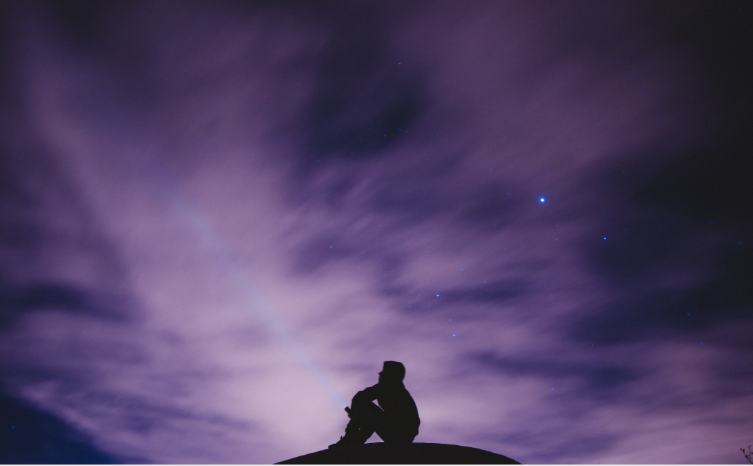A Shooting Star Spotting Guide

The basic rule for astronomical observations, including meteor observations, is: Arm yourself with patience, it very often happens that there is nothing for a few minutes and then in just a few seconds several, brilliant, meteors appear.
The best of all is the fact that no optical aid is needed to observe meteors – just your eyes are enough! The most favorable position for observation is lying down.
It is necessary to:
- Dress well (the nights can be cold in the summer too),
- Take a sleeping bag (or a blanket)
- Place a plastic mat under it (for example, like the one you take to the beach).
- Lie down and cover yourself so that the body does not get hypothermic.
- Turn off all the lights (flashlights, cell phones, etc.) and wait ten minutes in the dark for the eyes to reprogram themselves to the protocol of seeing in the dark so that we can also see the less bright meteors.
If you really need light, use red, it has the least effect on the eye’s accommodation to darkness.
Please beware: Never, ever, go into an unknown area alone. Safety comes first though, a sprained leg or something more serious is not worth your enjoyment of watching shooting stars. Just in case, let your friends or parents know where you are.
Try timing the observation starting from around 10 pm onwards until dawn.

After the aforementioned fifteen minutes of eye accommodation, meteors will start buzzing in the sky in front of your eyes. Memorable scenes and a loud “Wow” will surely evoke some of the brighter meteors. Exceptionally, some of them can even reach the brightness of the full moon!
It is not necessary to look in any particular direction, it is best to look towards the zenith, because meteors will be everywhere in the sky anyway. It would be desirable to spend at least an hour or two observing, if the show is good anyway it will be difficult to leave the observation next to the meteor that will fly over your heads at a speed of over 70 km/s at heights of 80 to 120 km.
If you intend to look at your mobile phone during the observation of meteors, it is better to give up the observation. Try it, look at the screen and then at the stars.
What or rather how many stars do you see?
Then do the same but after you have NOT looked at the screen for at least ten minutes and you’ll notice that suddenly there are a lot of stars!

However, keep your cell phone with you, and ensure enough battery until you return to civilization, just in case!
Go outside tonight alone or with your loved ones, family, friends and just sit or lie under the starry sky. If the meteors fail, you can always post a sad comment on the Internet, but otherwise – you missed an experience you will never forget.
And of course, as the night moves lower over the horizon from the east to the south and further to the west, Saturn, Jupiter, Mars and Venus appear one after the other.

